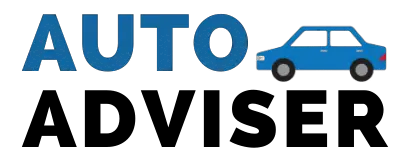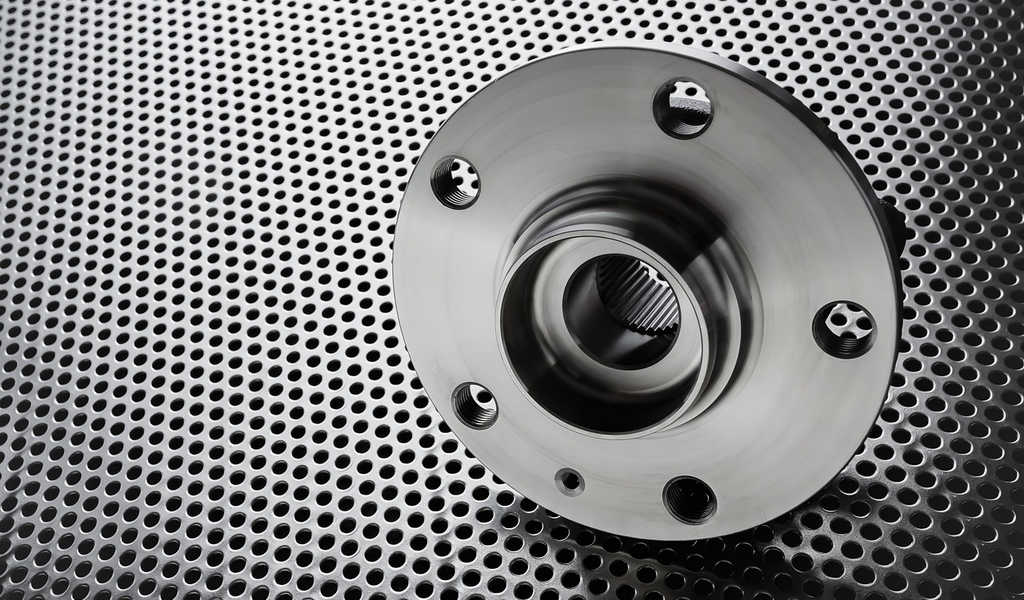Disclosure: As an affiliate I may earn a commission on any qualifying purchases, including those from Amazon, at no extra cost to you -read more
A wheel bearing is a critical part of the wheel assembly, which connects the wheel and the axle. The bearing itself is a combination of steel balls held together by a metal ring. It’s responsible for absorbing the radial and axial forces generated during acceleration, braking and cornering.
The wheel rotates freely and with minimum friction because of the wheel bearing. They last a long time and can run with no problem for up to 100,000 km. However, they are not bulletproof and can fail suddenly or without warning.
I’m hearing a noise when turning right, what does it mean? A noise when turning in one direction typically means a faulty wheel bearing. If the noise occurs when you turn right, the bearing on the left side is at fault. Newer cars have wheel bearing hub assemblies which can be replaced at home, whereas older vehicles will need to be done in a garage.
In the rest of this guide, we’ll delve in to the details of diagnosing your faulty wheel bearing.
Diagnosing a Faulty Wheel Bearing
Noise is one of the primary signs that the wheel hub bearing is not working properly and will likely need replacing. But the underlying cause can be a variety of issues, each will result in a different noice:
Snapping or clicking noise: When going through corners or making sharp turns, a noise like this is typical when there is excessive endplay in the wheel bearing, this can often be due to corrosion or damage.
Humming noise: A humming noise is typical when you have bad wheel bearings. The noise will be present when driving in a straight line and particularly noticeable when turning the steering to the left or right.
Grinding noise: Typically, mechanical damage to the wheel-end system is the reason for a grinding noise. In the case of bearing, it is roller or raceway damage, and the noise is normally heard when turning.
Why does it only make noise when turning right?
The reason that a damaged wheel bearing will only make a noise when turning in one direction is because when you turn right, the weight of the car transfers to the left side of the car and the extra load on the bearing generates the noise. If when turning left the opposite happens and you do not hear any noise, it also confirms that only one wheel bearing is bad.
3 Ways to Tell Which Wheel Bearing is Bad
Finding the wheel bearing which is not working properly requires some detailed investigation.
Method 1:
- Find a road that is not busy and start the test by driving in a straight line.
- Nudge the steering wheel right and left – if you only hear the noise when turning right, then the wheel bearing on the left is bad and vice versa.
Method 2:
- Park the car on the level surface and lift it up with a hydraulic jack or car lift
- First, rotate each wheel as fast as you can and listen for a distinct noise from the left side wheel
- Second, try pushing and pulling the wheel whilst oscillating and see if there is any unusual movement.
- Repeat the same procedure by grabbing the wheel at the 3, 6 9 and 12 o’clock positions. Excessive play will confirm that the wheel bearing is bad.
NOTE: If you do not find any play in the left side bearing, then check the right side bearing. We cannot neglect the chance of the right side bearing not working.
Method 3 (advanced):
- Use a dial indicator gauge to measure the play in the wheel-bearing hub.
- Remove the wheel, brake calliper, calliper mounting, and brake disc.
- Set up the dial indicator gauge and grab the hub at three and 9 o’clock positions.
- Pull and rotate side to side five times.
- If the reading on the gauge is greater than 0.004 inch, replace the hub bearing assembly.
Wheel Bearing Replacement
How you replace a wheel bearing will depend on the car you drive, model and year of manufacturing. New cars have wheel bearing hub assemblies, which you can easily replace at home with minimum cost.
If you are driving an older car, then chances are wheel bearing will be part of the steering knuckle. In that case, take the car to the workshop for repair.
To perform a DIY wheel bearing replacement you will need a few basic tools and a new wheel hub assembly.
Disclaimer: Please consult the owner’s manual before performing this DIY change. Get the correct part and tools to perform the job. Follow the procedure as described in the manual.
Here are the basic steps involved in replacing a wheel bearing at home:
- Park the car and pull the handbrake lever. Place wheel chokes on the rear wheels.
- Loosen the wheel lug nuts and lift the wheel above ground using the jack.
- Remove the wheel and place it under the car as a second point of safety.
- Unscrew the brake calliper guide pins and remove the calliper and brake pads.
- Use a strap and hang the brake calliper to the suspension spring.
- Remove the brake disc, and the faulty bearing hub assembly.
- Install the new wheel bearing hub assembly and reinstall all the other parts in reverse order.
This video gives a more in depth view:
Preventions and Precautions
Here are some tips you can follow to keep your wheel bearings well maintained and reduce the frequency at which they must be replaced:
Do not compromise on quality and always buy high-quality aftermarket parts. If you cannot find good quality parts stick with the OEM parts. Buying an inferior quality part can lead to premature failure resulting in costly repair to suspension and wheel assembly.
Perform the tyre rotation at regular intervals and make sure wheel alignment is perfect. Always keep the tyres inflated to correct pressure.
Try to drive slowly when going through potholes or going over bumps. Driving aggressively on damaged roads or through rough terrain can put an extra load on the wheel bearing, which can cause wheel bearings to fail well before their life.
Fitting bigger or wider wheels with low-profile tyres also puts an extra load on wheel bearings and speeds up the wear rate. So stick with the original wheel and tyres.

An automotive engineer by profession, Farruk loves to work around cars and is a huge F1 fan (McLaren all the way!). Farruk is a big advocate of moving towards zero carbon emission vehicles, but still loves nothing more than getting behind the wheel of a pure mechanical car.

